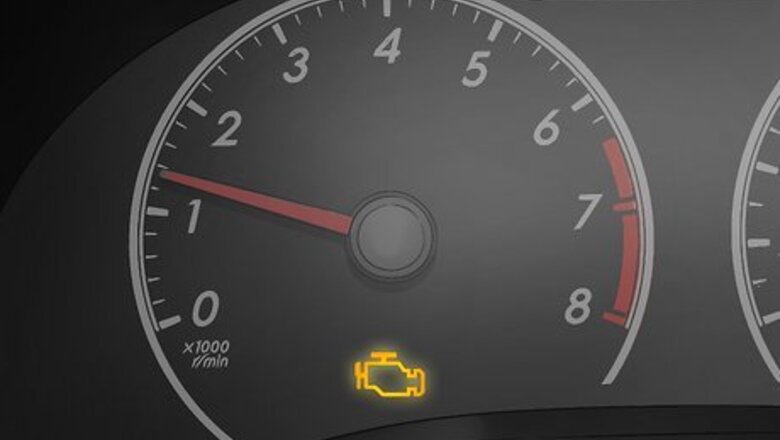
views
- Try tightening your car's gas cap to stop air from getting into the fuel. Then, reduce the car's speed and the weight it's carrying.
- Scan your vehicle with an OBD reader to diagnose what's causing the light to turn on. Schedule repairs with a mechanic as soon as you can.
- Stop driving if the check engine light is flashing to avoid further damage to your engine.
What does a check engine light mean?
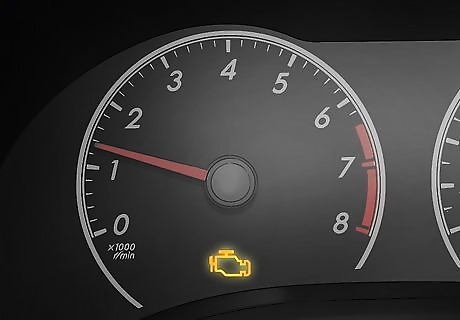
A check engine light means your engine isn’t running properly. Your vehicle has an onboard diagnostic computer that monitors your engine and how well it functions. If there’s an issue with emissions, electrical, fuel and air intake, or another issue directly connected to your engine, the check engine light will light up on your dashboard. When the light is static and stays on, it usually means there’s a minor issue, typically somewhere in your emissions or air intake system. If the light is blinking or turns red, it means there’s a serious engine issue that could cause damage to your vehicle.
What to Do Immediately
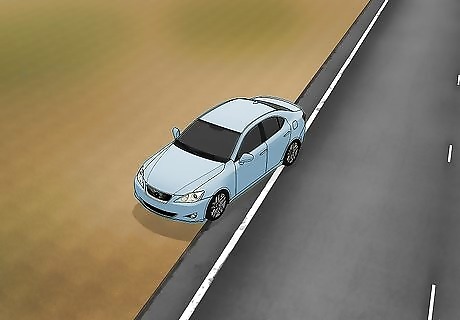
Slow down or stop driving if the light is flashing. Since a flashing light means there’s a serious issue causing a problem with your vehicle, so it’s best not to risk any further damage. Reduce your speed so you’re less likely to stress your engine and pull over if your car is still suffering from performance issues, like stalling, difficulty accelerating, or increased fuel consumption. Pay attention to any other warning signs on your dashboard, like the engine temperature overheating or the check oil/oil pressure light turning on. Continuing to drive with the light flashing could lead to serious damage to internal parts of your engine that are more difficult and costly to fix. Play it safe, contact a tow company, and ask them to take your vehicle straight to the mechanic.
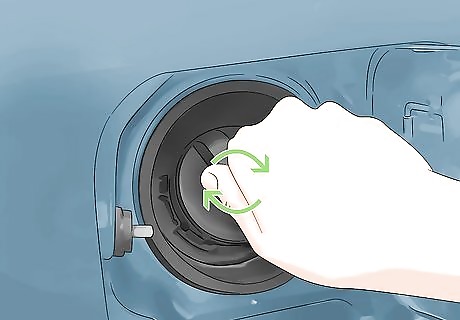
Try tightening the gas cap. If you just filled up on gas or if you don’t notice any other issues immediately, air may be getting in the gas tank and triggering the light. Pull over where it’s safe to check the gas cap. Screw it back on and make sure it clicks to make a tight seal. If the gas cap was causing the issue, the check engine light should turn off when you start driving again. If that doesn’t work, try reducing the weight of the load you’re carrying to put less stress on your engine.

Check what’s causing the issue with an OBD scanner. When your check engine light comes on, your vehicle’s onboard computer logs the specific issue that triggered the light. Plug the OBD scanner in the port, which is normally found under the steering wheel. Follow the prompts on the scanner to read the codes. A specific code will appear detailing where the problem is located in your vehicle. Some newer vehicles have remote diagnostic services that can immediately read what’s wrong with your vehicle and schedule a service appointment at a dealership. While you can reset the check engine light with your scanner by erasing the OBD codes, the light will likely turn back on if you don’t fix the underlying issue.
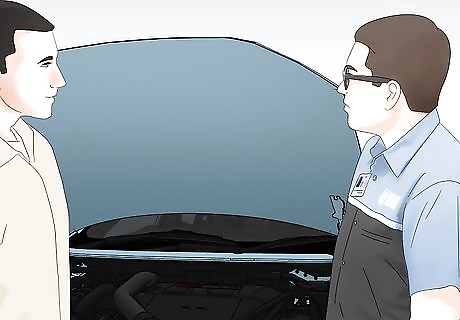
Schedule repairs as soon as you’re able to. Whatever initially caused the light to turn on could have led to more damage, so it’s best to hire a mechanic to inspect your vehicle further. Let them know when you first noticed the light and if anything happened right when it turned on. Tell them any performance issues you’ve had and any OBD codes you scanned so they don’t have to spend extra time (and money) diagnosing the problem.
Is it okay to drive with a check engine light on?
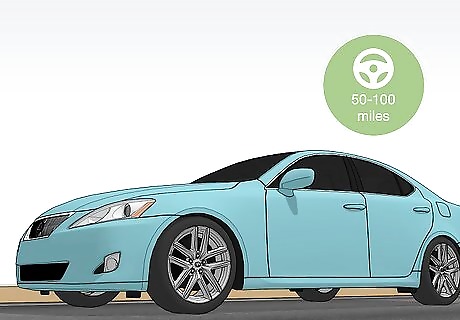
It’s okay to drive 50–100 mi (80–161 km) with a solid light. If your check engine light turns on and it’s staying lit, then there’s not an immediate concern affecting your vehicle. It’s okay to drive to where you’re going and make a short trip here and there. Just try to schedule repairs soon since continuing to drive without fixing the issue could lead to further damage to your engine.
Common Causes
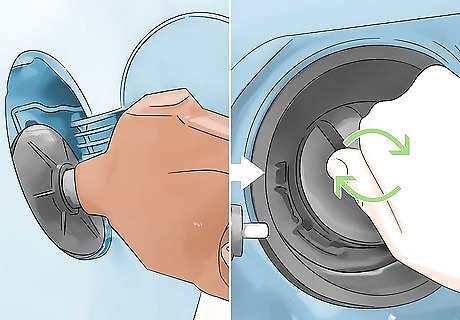
Loose gas cap When your gas cap doesn’t create a tight seal, air leaks into the fuel tank and triggers a sensor that turns on your check engine light. If you just filled up your tank, then the gas cap may be your culprit. If your gas cap is damaged or cracked, unscrew it and remove the plastic leash connecting to your vehicle. Install a new gas cap in the leash and screw it back onto your vehicle until it clicks.

Faulty spark plugs Your spark plugs ignite the fuel going into your engine, but they’ll let it pass unburnt when they’re dirty or misfiring. As the unburnt fuel runs through your exhaust system, the check engine light will turn on to alert you of the issue. Other symptoms that let you know your spark plug is bad are difficulty starting your vehicle, lack of acceleration, and a rattling engine. Find the spark plugs on top of the ignition coil of your engine with thick wires plugged into them. Pull them out one at a time and replace any spark plugs that have worn-down ends that are covered in grime.
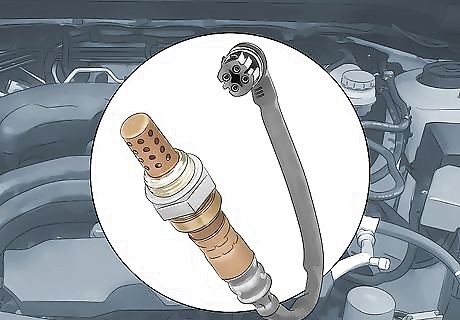
Dirty oxygen sensors The oxygen sensors connect to your exhaust system to test the levels of toxic chemicals and if they’re being filtered properly. When one of the sensors clogs or isn’t functioning properly, it could take a false reading and mix the wrong amount of fuel, causing your engine to misfire. Other symptoms of a bad oxygen sensor include lower fuel efficiency and sluggish performance from your engine. Jack up your vehicle and look for the oxygen sensors plugged in along your main exhaust pipe. Unscrew them with a socket wrench and soak them in gasoline overnight to clean them. If cleaning the sensors doesn’t work, then replace them. Make sure you get sensors made for your vehicle’s make and model to ensure they fit properly.
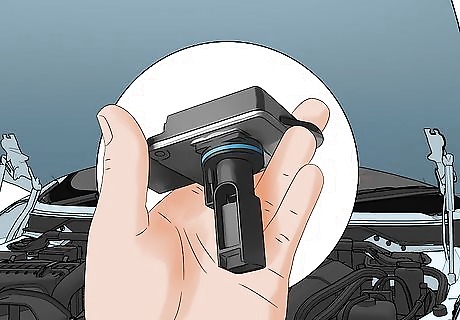
Bad mass airflow sensor The mass airflow sensor measures how much air is coming into your engine to determine how much fuel to use. If the sensor gets clogged or doesn’t work properly, it sends the wrong reading and pulls the wrong amount of fuel. Other symptoms may include difficulty starting, hesitancy when you accelerate, and reduced fuel economy. Find the mass airflow sensor where the wires plug into the air filter system in the engine bay. Unplug the sensor and clean it by spraying it with a commercial MAF cleaner.

Clogged catalytic converter Your catalytic converter removes toxic chemicals from the exhaust leaving your vehicle. If unburnt fuel gets into the catalytic converter, it clogs up the filter and lets exhaust pass through. Sensors on either side of your catalytic converter will trigger your check engine light as soon as they detect the chemicals. Other signs of a bad catalytic converter include rattling noises, difficulty accelerating, lower gas mileage, and heat buildup under your vehicle. Use a fuel additive cleaner when your gas tank is ¼-full to unclog the catalytic converter. If your catalytic converter is broken, then replace it as soon as possible since it may be illegal in your area to drive without one.
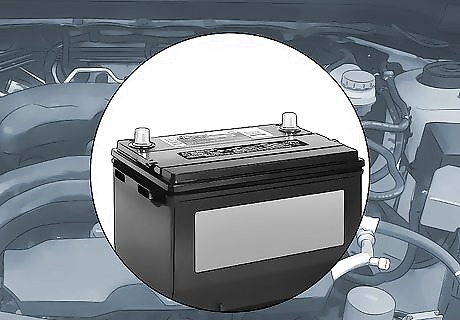
Old battery When your battery doesn’t have enough charge, it may cause the electronics and sensors to malfunction. Even if there’s nothing else wrong, the reduced power from your battery may cause the check engine light to trigger. Other signs of an old or bad battery include trouble starting your vehicle and dim lights. Change the car battery by disconnecting the old one with a socket wrench. Get a battery made for the make and model of your vehicle and reconnect the terminals. If installing a new battery doesn’t make the light turn off, then there could be an issue with your vehicle’s wiring. Since wiring is more complex, hire a mechanic and let them know you’re having an electrical issue.
Can a check engine light turn off by itself?
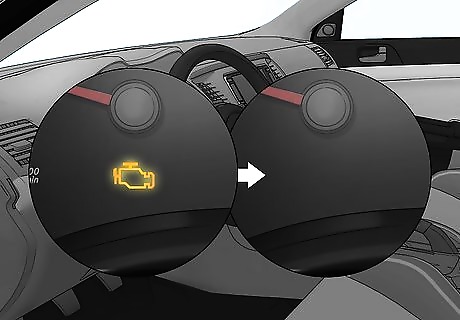
The light may turn off on its own from temperature or voltage changes. If your check engine light turns on when it’s cold but shuts off during warm weather, a seal shrinking and expanding somewhere in your engine may be the culprit. If you haven’t driven for a month or longer, the check engine light might turn on since there was a low voltage but shut off after you start actively driving again. It’s still a good idea to have your vehicle inspected by a mechanic to make sure it works properly. Give them about anything that changed when you noticed the light turn on and shut off.




















Comments
0 comment